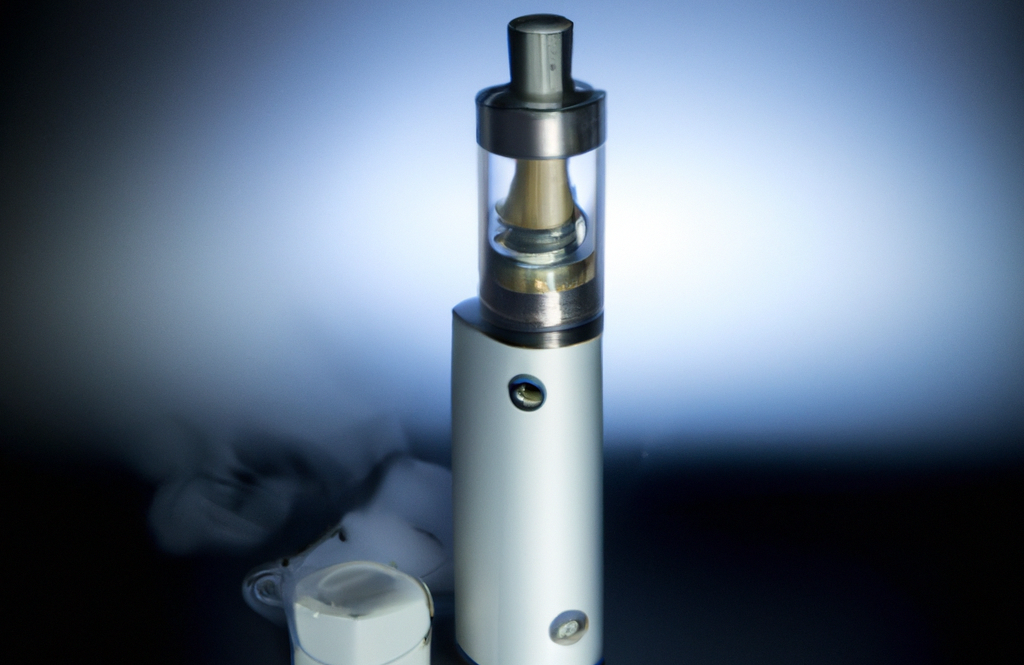Good news, vaping is safe! A new evidence review, the most comprehensive to date, shows that vaping is a successful tool to help smokers quit and poses only a small fraction of the risks of smoking. The report, commissioned by the Office for Health Improvement and Disparities in the Department of Health and Social Care and led by academics at King’s College London, reviews the health risks of nicotine vaping and assesses the relative risks of vaping compared with smoking, as well as the absolute risks of vaping compared with not vaping or smoking.
According to the review, in the short and medium term, vaping poses a small fraction of the risks of smoking. While vaping is not risk-free, particularly for people who have never smoked, the evidence reviewed suggests that there is significantly lower exposure to harmful substances from vaping compared with smoking. The biomarkers associated with the risk of cancer, respiratory, and cardiovascular conditions were also significantly lower in vapers than in smokers.
The report also shows that there is no significant increase of toxicant biomarkers after short-term secondhand exposure to vaping among people who do not smoke or vape. Furthermore, biomarkers of potential harm, which measure biological changes in the body due to exposure to smoking or vaping, have not found major causes of concern associated with vaping.
The review also reveals that vaping is the most common aid used by people to quit smoking, and stop smoking services involving a vaping product are associated with the highest success rates of 64.9%. The report notes that existing evidence suggests that the risk and severity of nicotine dependency from vaping is lower than for smoking but varies by product characteristics, such as device type and nicotine concentration in e-liquids.
While fruit flavors remained the most popular among adults and young people who vape, followed by ‘menthol/mint,’ there is a lack of evidence on whether flavorings affect health risks. However, vaping products containing the flavoring chemical cinnamaldehyde are a cause of concern, and regulatory bodies should review its use in e-liquids.
In conclusion, the evidence review confirms that vaping is a safe and successful tool to help smokers quit. While vaping is not risk-free, it poses only a small fraction of the risks of smoking, making it a much safer alternative for smokers. The report notes the importance of standardized and consistent methodologies in future studies to improve the interpretation of evidence. Overall, the report provides a positive, good news vibe for those considering vaping as an alternative to smoking.



Leave your review